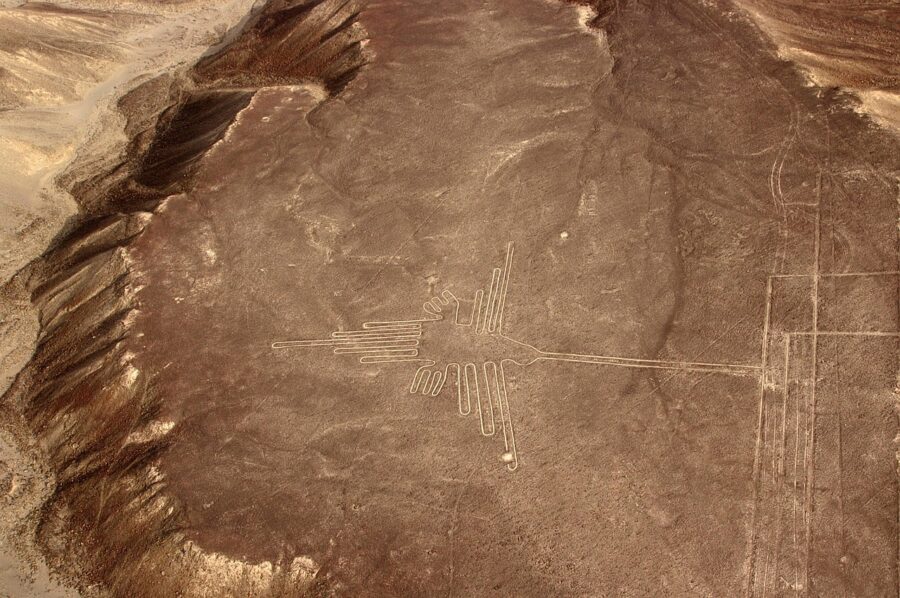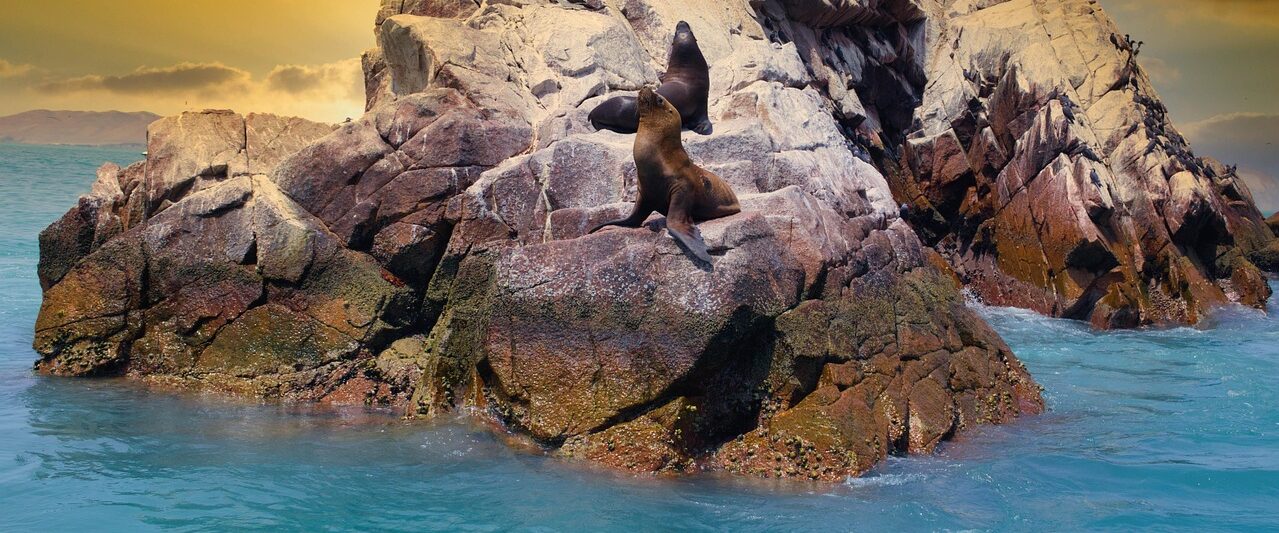Tucked away in the sunbaked plains of southern Peru lies one of the world’s most captivating and enigmatic wonders—the Nazca Lines. These giant geoglyphs etched into the arid ground have intrigued archaeologists, astronauts, and adventurers for nearly a century. Stretching across nearly 500 square kilometers of desert, these sprawling, ancient designs are only fully visible from the sky—making them feel like messages from the gods or a celestial art project meant for alien eyes.
But here’s the twist: the best way to discover them isn’t just by reading about the mystery. It’s by stepping into it.
Where Are the Nazca Lines?
The Nazca Lines are located in the Nazca Desert, part of the larger Pampas de Jumana, about 450 kilometers south of Lima, Peru.
You can reach the town of Nazca, the gateway to the lines, by bus or car from Lima in roughly 7–8 hours. It’s a scenic journey that winds along the coastal Pan-American Highway, with views of Pacific cliffs, cactus-dotted hills, and the occasional sandstorm sweeping the desert.
What Are the Nazca Lines?
From the ground, the desert seems empty—just wind-swept plains and pebbled dust. But take to the skies, and the Nazca plateau transforms into an ancient gallery of mind-bending scale.
Over 300 geometric shapes, 70 animals and plants (biomorphs), and hundreds of lines and spirals cover the earth. Think monkeys with corkscrew tails, hummingbirds with pinpoint precision wingspans, massive spiders, and even what looks like an astronaut waving from the gravel.
Most experts believe the lines were created by the Nazca culture between 500 BCE and 500 CE. The designs were formed by carefully removing the reddish-brown topsoil to reveal a lighter-colored layer underneath.
What’s astonishing is not just their size—some figures stretch up to 370 meters—but their precision and preservation. Despite centuries of wind and weather, the lines have remained almost untouched.
Why Were They Made?
Here’s where things get mysterious—and fun. No one knows for sure why the Nazca Lines were made.
Some archaeologists argue that they were ceremonial pathways used during religious rituals to honor deities associated with water and fertility. Others suggest they’re an astronomical calendar or part of an ancient irrigation system.
Then there are the more open-minded theories: alien landing strips, coded messages to sky gods, or part of a massive interstellar art contest.
Whatever the truth, the mystery only adds to their allure. You’re not just seeing ancient art—you’re seeing something we still don’t fully understand.
How to See the Nazca Lines

The best and most thrilling way to view the lines is from above. Several local companies operate small aircraft out of the Nazca Airport, offering 30- to 45-minute scenic flights over the most famous geoglyphs.
You’ll fly low and slow, with the pilot tilting the plane side to side so everyone gets a great view (and possibly a woozy stomach—motion sickness pills are a good idea!).
Top Figures to Spot from the Air:
- The Hummingbird—Sleek and symmetrical, it could be the logo for a modern tech brand.
- The Monkey – With a coiled tail and playful stance, it’s the most animated of the designs.
- The Spider – Incredibly detailed and linked to water symbolism in Nazca mythology.
- The Astronaut – A humanlike figure with a round head and waving arms. It looks like it’s straight out of a sci-fi movie.
- The Tree and Hands – Located near the Pan-American Highway, these are visible from a nearby viewing tower.
Budget-Friendly Alternative: The Nazca Viewing Tower
If small planes aren’t your thing—or you’re traveling on a shoestring—you can still see some of the lines from the Mirador de las Líneas de Nazca. This 13-meter metal tower lets you spot the Tree, Hands, and part of the Lizard figures. It’s a fantastic option for those who want a taste of the mystery without taking to the skies.

